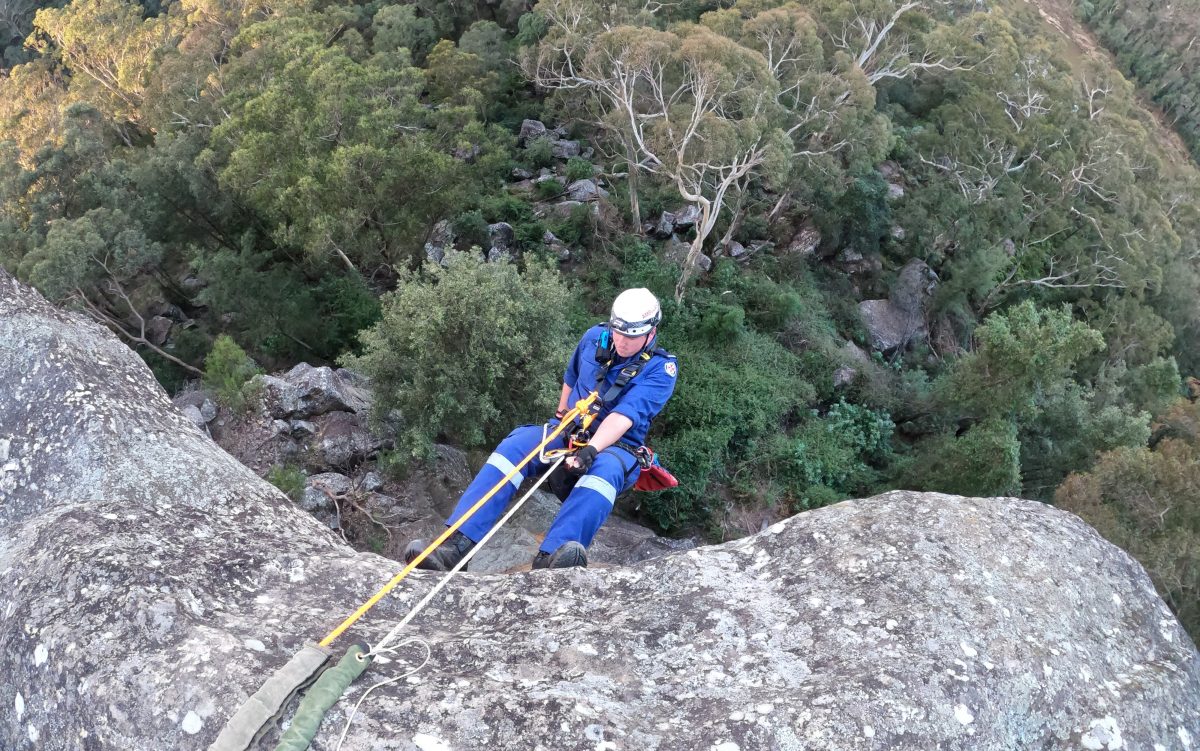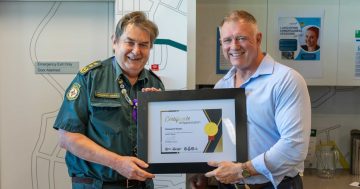
Skilled in road crash rescue, vertical rescue, land search and rescue, tactical medicine, swift water operations and large animal rescue, the rescue operator-qualified paramedics work from Cowra, Bomaderry, Wagga Wagga, Rutherford, Singleton and Tamworth. Photo: NSW Ambulance Service.
An initiative that harks back to 1961, its legacy a permanent exhibition in Temora, has taken hold in regional NSW providing communities with next level paramedic support with Cowra now sporting a fresh batch of highly trained recruits.
The town now counts four rescue operator-qualified paramedics among its NSW Ambulance team thanks to a recent deployment across regional NSW.
Skilled in road crash rescue, vertical rescue, land search and rescue, tactical medicine, swift water operations and large animal rescue, the newly-accredited officers can also be found at Bomaderry, Wagga Wagga, Rutherford, Singleton and Tamworth.
And it’s all thanks, in part, to a historic fundraising campaign initiated by St George District Ambulance Service in 1961 with the support of long-time 2UE radio announcer Gary O’Callaghan.
This resulted in Australia’s first dedicated purpose-built rescue vehicle, known as the ‘Q-Van’, commissioned into service in a ceremony on 6 October 1961 and now on display at the State Ambulance Museum at Temora.
The Q-Van – a jeep – was commandeered by station officer Jim Smith – a former rigger at the Port Kembla Steelworks – who, in 1962, became the first rescue-trained officer in NSW, having received his training from the existing NSW Police Rescue Squad.

The ‘Q-Van’ was commissioned into service in a ceremony on 6 October 1961 and is now on display at the State Ambulance Museum at Temora. Photo: NSW Ambulance.
Described as a legend of the rescue community, Smith trained officers a further 17 years, pioneering techniques and equipment that still have application today.
NSW Ambulance superintendent Keith Williams said as the service had extended its capabilities, including tactical medical response and large animal rescue, they were seeing an increase in both rescue calls from the community and requests for inter-agency support.
The new paramedics undertook training in a range of environments over eight weeks, mastering skillsets including abseiling, water rescue, vehicle rescue, four-wheel driving, industrial rescue, use of breathing apparatus, overnight care and tactical medical operations.
Part of the second rescue paramedic class of 2022, the special operations paramedics, are trained to rescue people in remote areas such as mountains and canyons, locations that are difficult to access, as well as car accidents, floods and industrial facilities.
They work with aeromedical crews and other agencies to treat people on the scene and extract them using specialised rescue equipment.
Rescue paramedic Jess Evans graduated from the demanding two-month NSW Ambulance Rescue course in Oct 2020 and is one of the newer officers in the Wagga rescue team.
In the past 12 months she’s conducted vertical rescues, freed entrapped patients in motor vehicles, responded to tactical incidents and a structural collapse that required roof shoring.
“So far my most memorable experience has been the comraderie among the rescue team and knowing that on-scene we can work as a team to tackle any incident,” she said.
A project is also underway to deliver new, state-of-the-art rescue trucks throughout the state.








